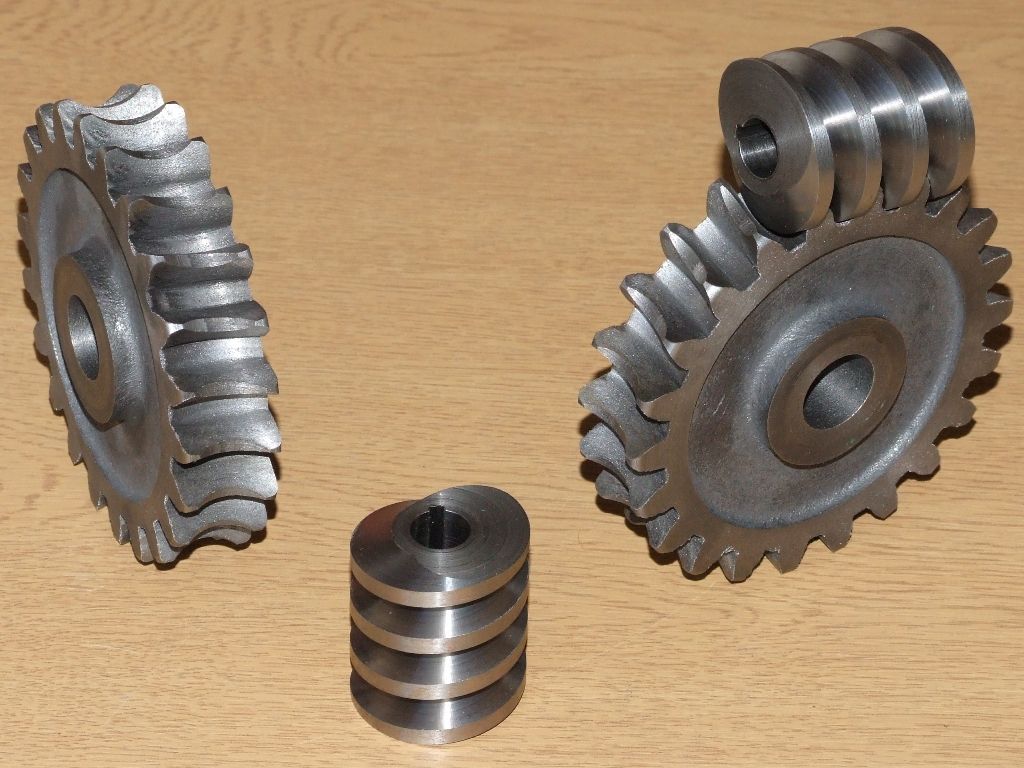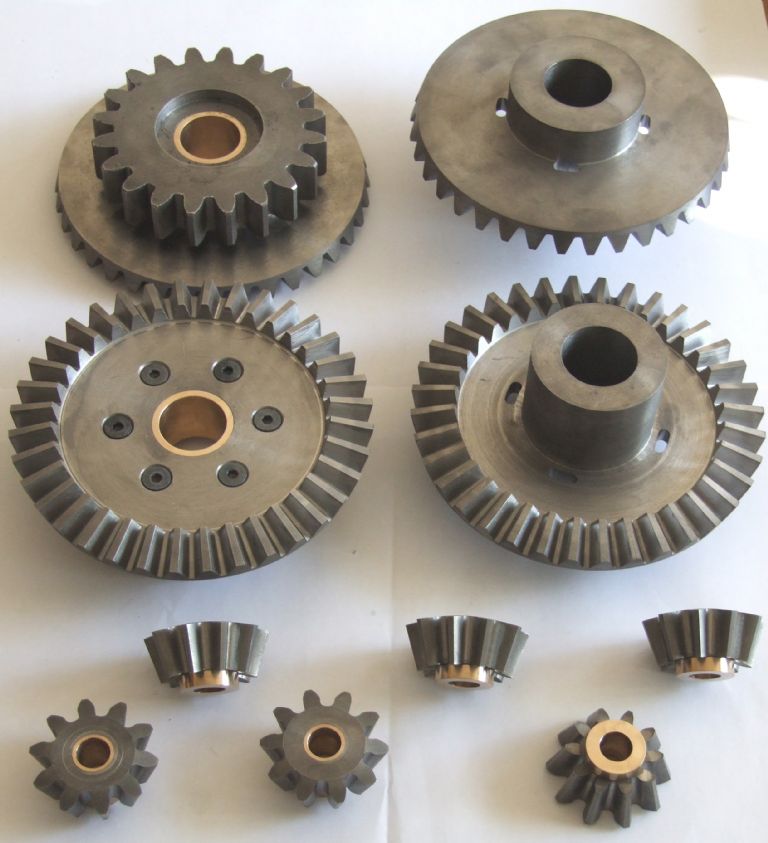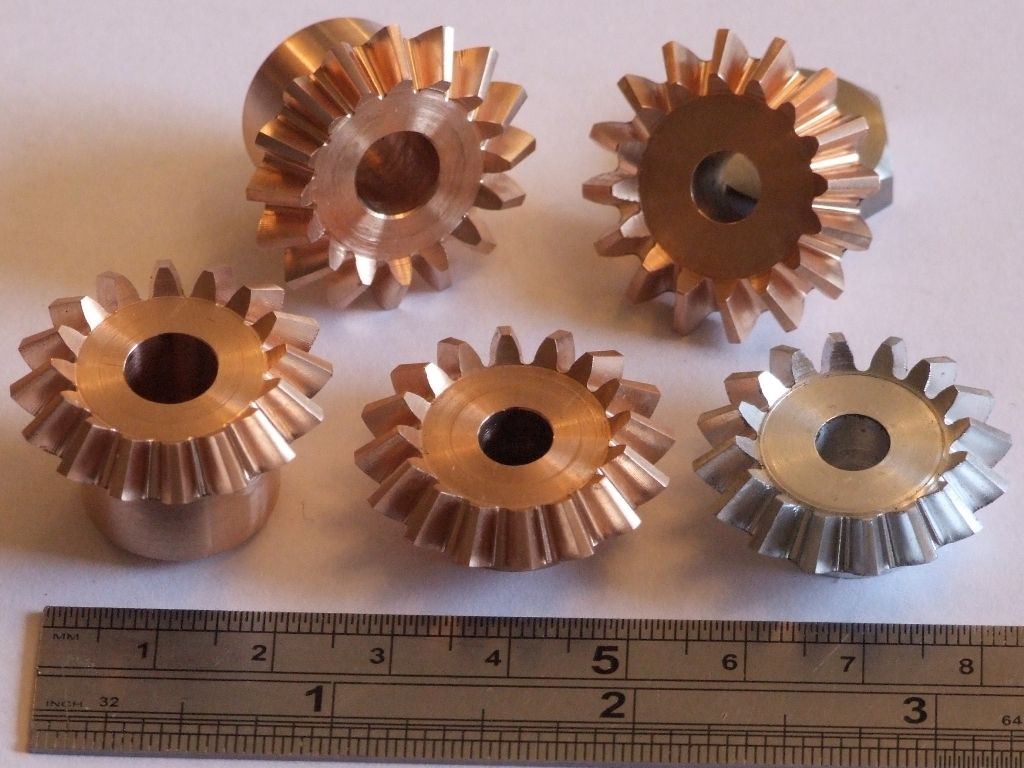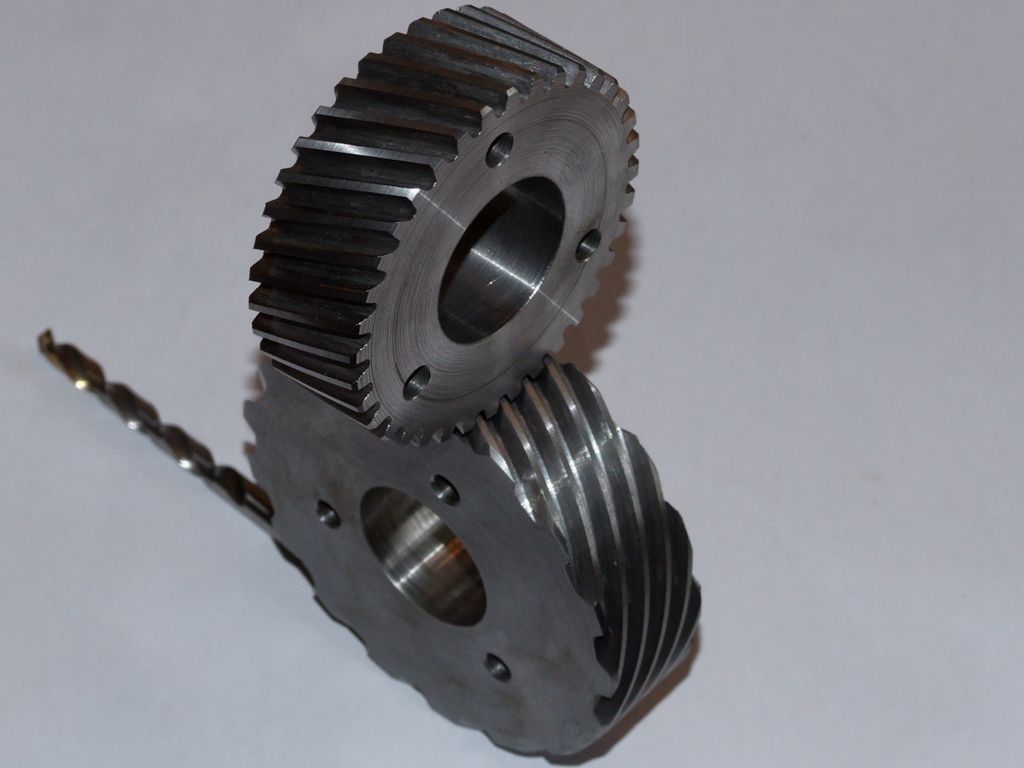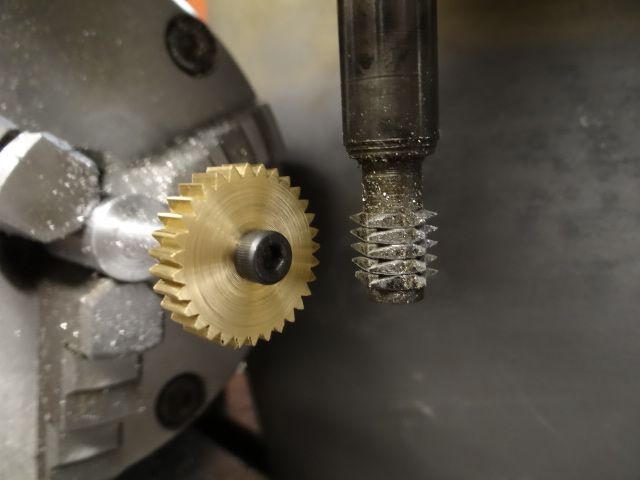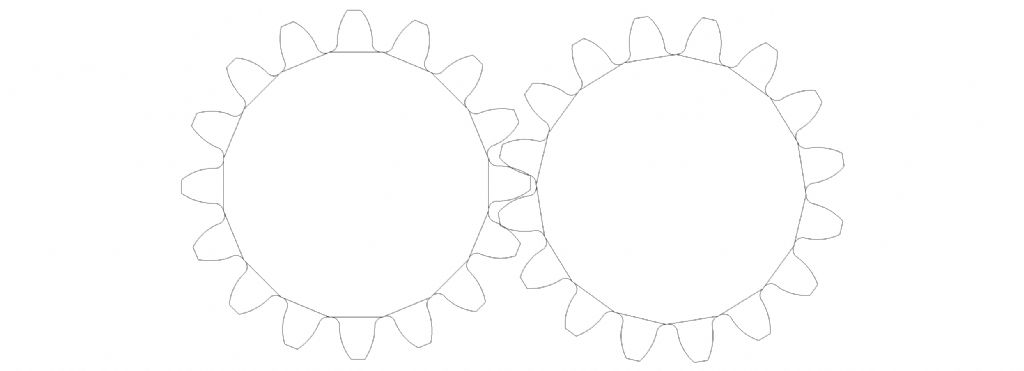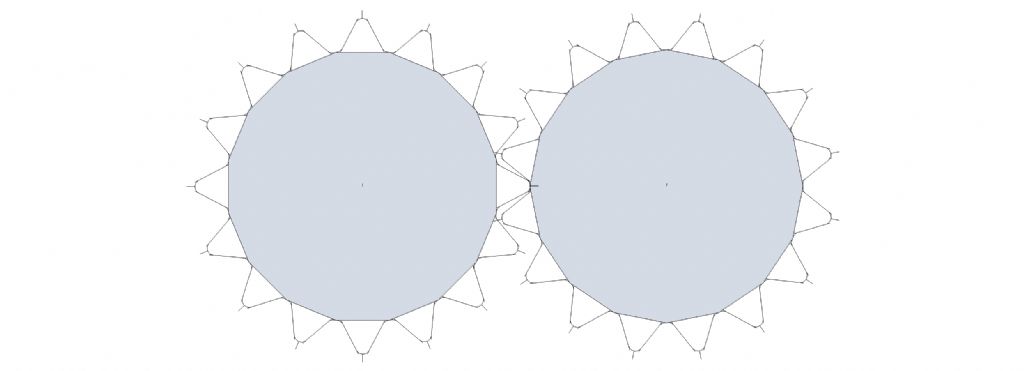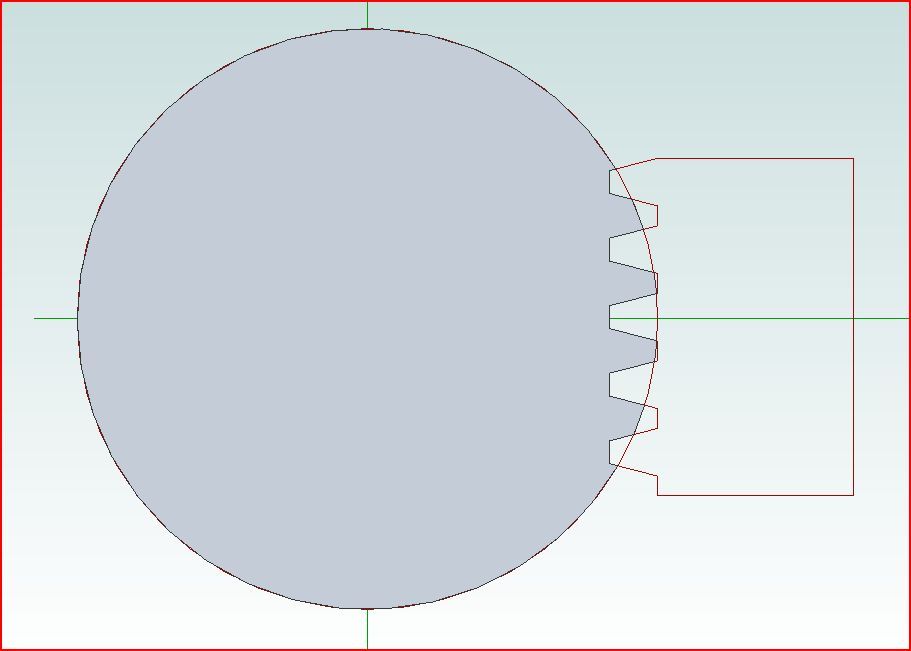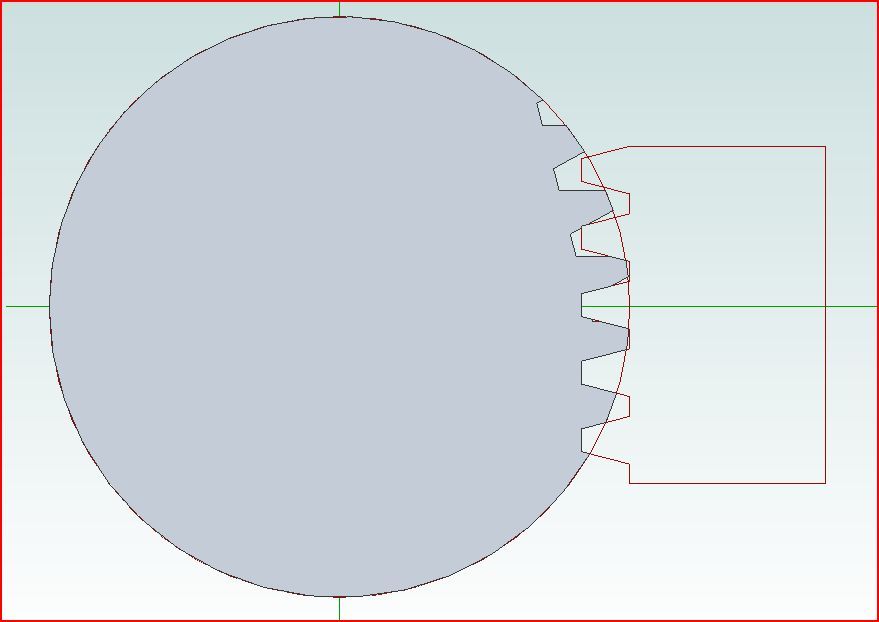Posted by brian jones 11 on 20/08/2021 13:27:22:
Remember the original proposition
" Primitive but very quick and only suitable for light load low speed apps and probably noisy "
Some mentioned mechano gears – well Im not pompous – it worked for a million kids
I asked if anyone else had actually tried this method rather than generate a whole sheaf of plausible conjecture
I don't think the thread suffers too much from 'plausible conjecture'! Using a tap to cut gears isn't new. I've experimented with it, but got much better results with a Sunderland Rack cutter and Rotary Table:

Neil Wyatt made a lot of gears this way for his Jovilabe Orrery a few years ago.
Unlike a tap, Rack Cutters get the number of teeth right and, with a little care, they cut an accurate involute. Rack cutting and Hobs do take longer!
Boils down to how much the operator needs an accurate gear as opposed a quick approximation. If gashing gears with a tap is 'good enough' for the job in hand, go for it! No-one objects. But I suspect better specified gears are needed almost all the time. If there was an easy quick way of cutting good gears, everyone would be doing it. They don't because the method has significant shortcomings. Tried and found wanting, so the Flat Earth Society wins this one on points!

Dave
Martin Kyte.



